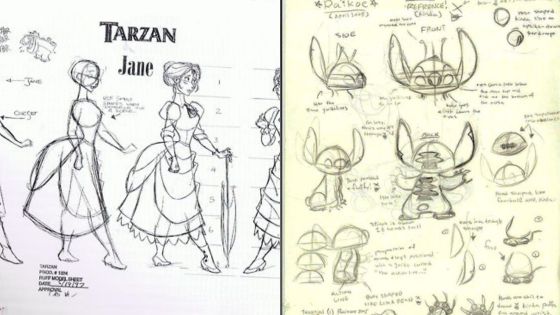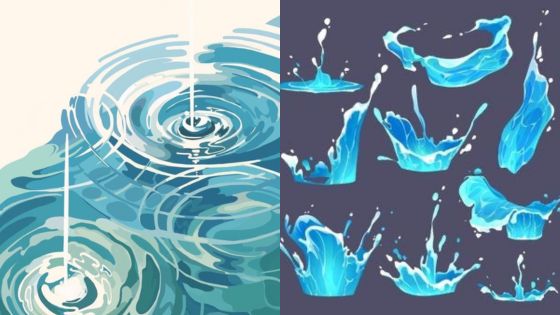Ever scrolled through a captivating story online, eyes glued to vibrant characters and dynamic scenes, thinking, “I wish I could draw something like that”? Chances are, you’ve encountered a webtoon. These digital comics, designed specifically for vertical scrolling on smartphones, have taken the world by storm. And at the heart of their appeal is often a distinctive art style – the delightful and increasingly popular webtoon anime style drawing.
This unique aesthetic blends the expressive power of Japanese anime with the streamlined, often colorful, and highly stylized approach necessary for digital platforms. It’s a style that prioritizes clear storytelling, emotional impact, and visual flair, making it incredibly engaging for readers and a fantastic, accessible goal for aspiring artists. Whether you’re a seasoned artist looking to expand your horizons or a complete beginner itching to bring your own stories to life, diving into webtoon anime style drawing can be a hugely rewarding journey.
Forget rigid rules and intimidating techniques for a moment. This guide is all about giving you the casual, friendly push you need to start drawing in this exciting style. We’ll explore what makes webtoon art so special, the tools you’ll need, the foundational skills to practice, and even some workflow tips to get your creations ready for the digital stage. So grab your stylus (or pencil!), get comfy, and let’s unlock the secrets to drawing amazing webtoons.
What Exactly is Webtoon Anime Style Drawing?
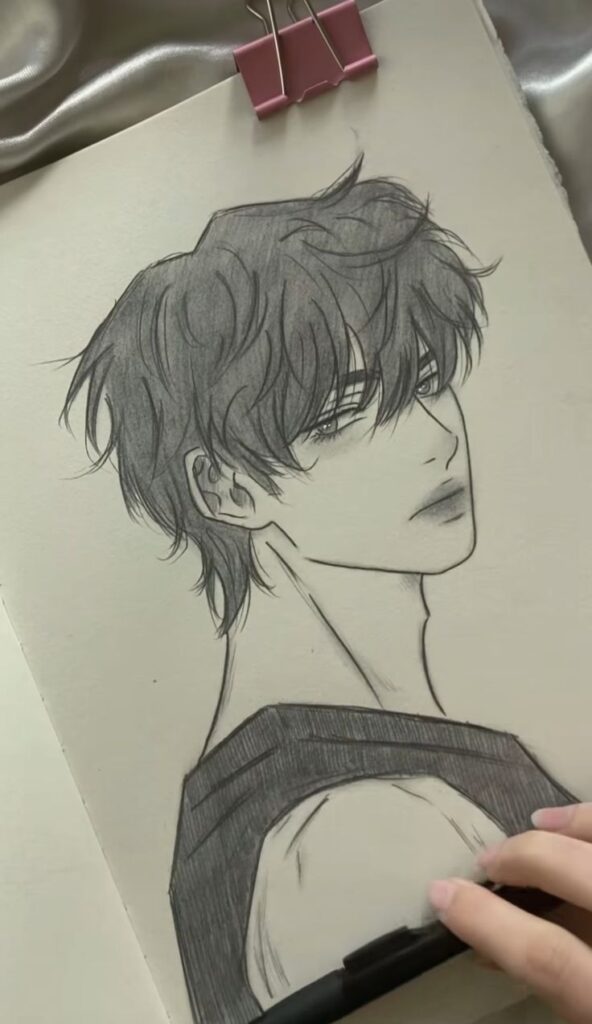
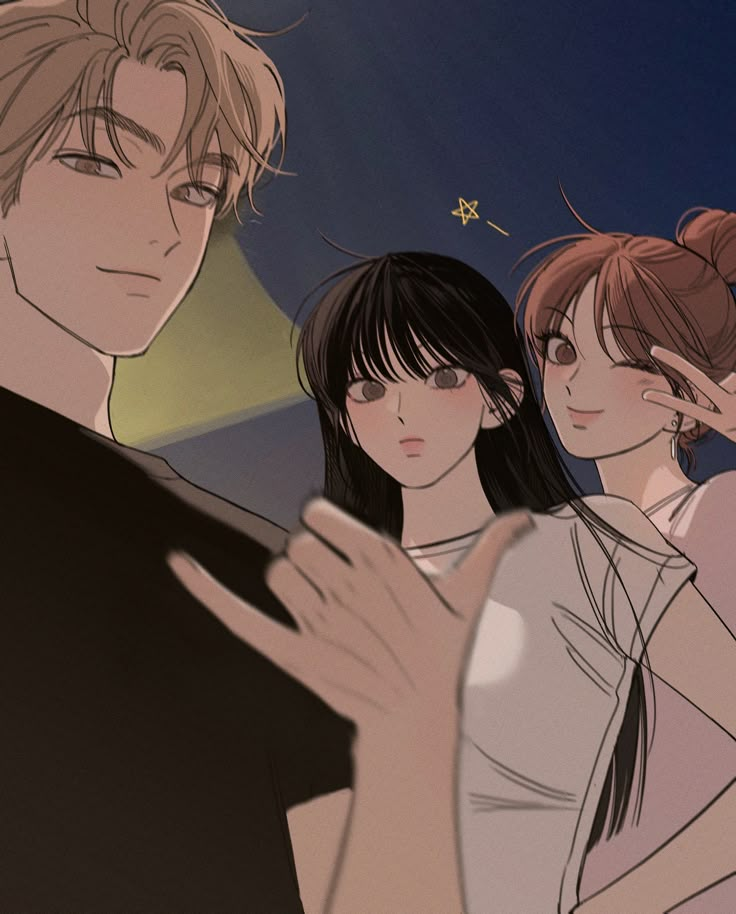
Before we dive into the nitty-gritty of drawing, let’s understand what we’re aiming for. The webtoon anime style isn’t just one monolithic look; it’s a broad spectrum. However, it shares a core set of characteristics that make it instantly recognizable and incredibly effective for digital storytelling. Think of it as a vibrant cousin to traditional anime and manga, optimized for a modern, mobile-first audience.
A Blend of East and West
At its core, webtoon anime style drawing is a fantastic fusion. It borrows heavily from the exaggerated expressions and dynamic poses often found in Japanese anime and manga, yet it also takes cues from the clean lines and clear communication of Western comics. Crucially, it’s heavily influenced by Korean manhwa, which pioneered the digital vertical scroll format. This blend results in a style that feels both familiar and fresh, accessible to a global audience. It’s less about strict realism and more about expressive clarity, making emotions and actions easy to read even on a small screen.
Key Characteristics
So, what makes a drawing “webtoon anime style”? Here are some of the hallmarks you’ll often spot:
- Simplified yet Expressive Anatomy: While characters often have anatomically correct foundations, the style frequently leans towards elongation, slender figures, and sometimes more rounded, softer features. The focus is on making characters appealing and readable, rather than strictly realistic.
- Big, Expressive Eyes: A staple of anime, these eyes are often the focal point for conveying emotion. They can be large and sparkly to denote innocence or passion, narrowed for anger, or downcast for sadness. The eyes truly are the window to the soul in webtoon art.
- Clean Line Art: Generally, webtoons favor crisp, confident lines. This isn’t to say there’s no room for variation, but legibility is key. Often, line weights are varied to add depth and emphasis without overcomplicating the image.
- Vibrant, Often Flat Colors: Many webtoons employ a bright, appealing color palette. Shading is often “cel shading” – distinct blocks of color for shadows and highlights rather than soft gradients. This keeps the artwork clean, reduces file sizes, and makes characters pop.
- Dynamic Poses and Compositions: Because webtoons are read by scrolling vertically, artists excel at creating movement and flow. Characters are often depicted in dramatic, active poses, and compositions guide the reader’s eye down the page.
- Focus on Character Interaction: Dialogue and character emotions are paramount. The art needs to support the narrative by clearly showcasing who’s feeling what and how they’re reacting.
- Consistent Character Design: Once a character’s design is established, it remains consistent throughout the series, allowing readers to instantly recognize them and build an emotional connection.
This unique combination makes webtoon anime style drawing incredibly versatile for telling all sorts of stories, from heartwarming romances and epic fantasies to slice-of-life comedies and thrilling mysteries.
Getting Started: The Essential Tools for Your Webtoon Journey
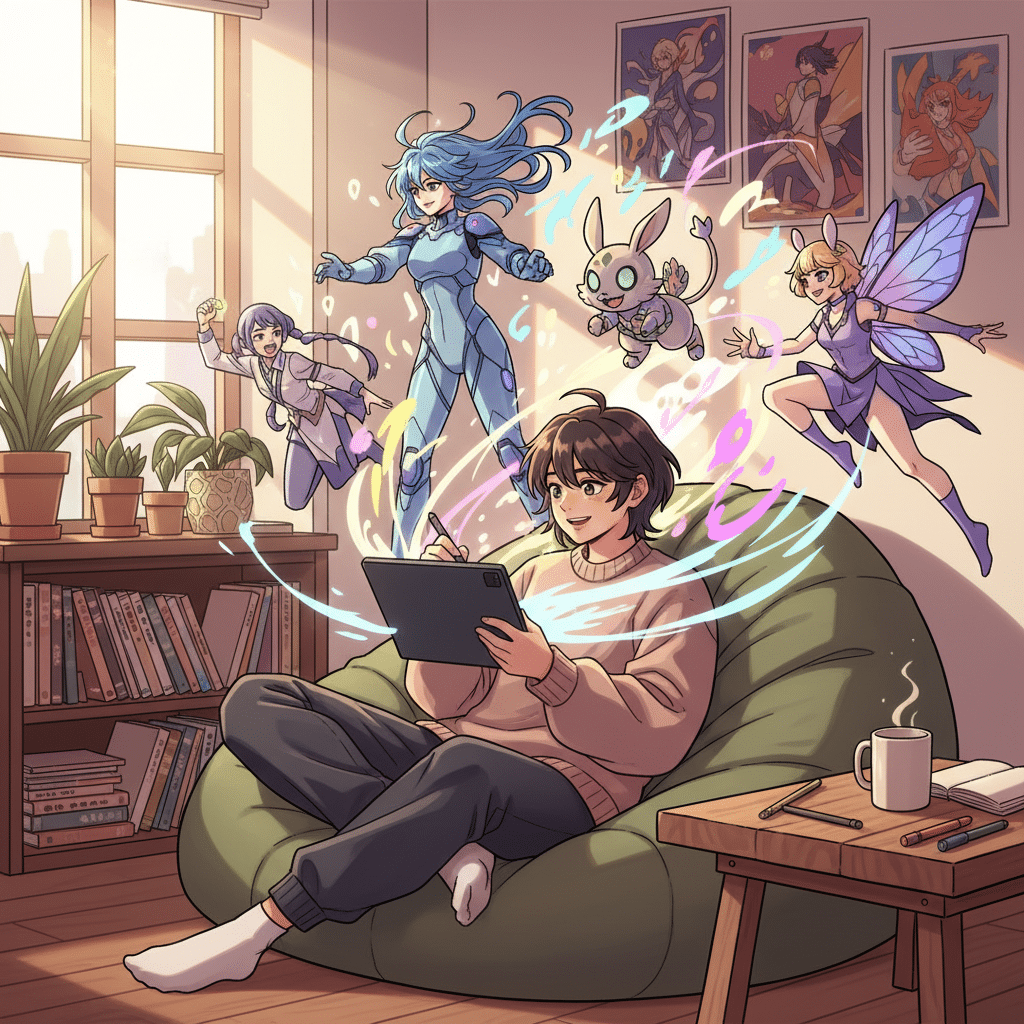
Ready to dive in? Great! But before you start sketching, let’s talk about the gear you’ll need. While some artists prefer traditional methods, the webtoon format is inherently digital. So, our focus will lean heavily into the digital realm.
Digital vs. Traditional: A Quick Look
- Traditional: You can draw webtoons with pencil and paper, ink, and markers. You’d then scan your work and color it digitally. This path can be more time-consuming for webtoons due to the need for scanning, cleaning up lines, and often re-coloring digitally. However, it’s an excellent way to practice fundamentals without the distractions of software.
- Digital: This is the preferred method for webtoon creators. It offers unparalleled flexibility, speed, and precision. You can easily correct mistakes, experiment with colors, apply textures, and format your work for webtoon platforms without ever touching a scanner. For the purpose of mastering webtoon anime style drawing, digital tools are your best friend.
Software & Hardware: Your Digital Arsenal
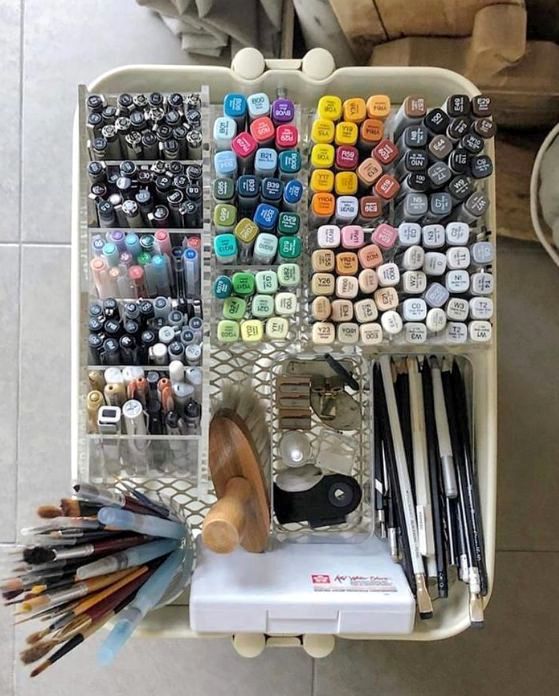
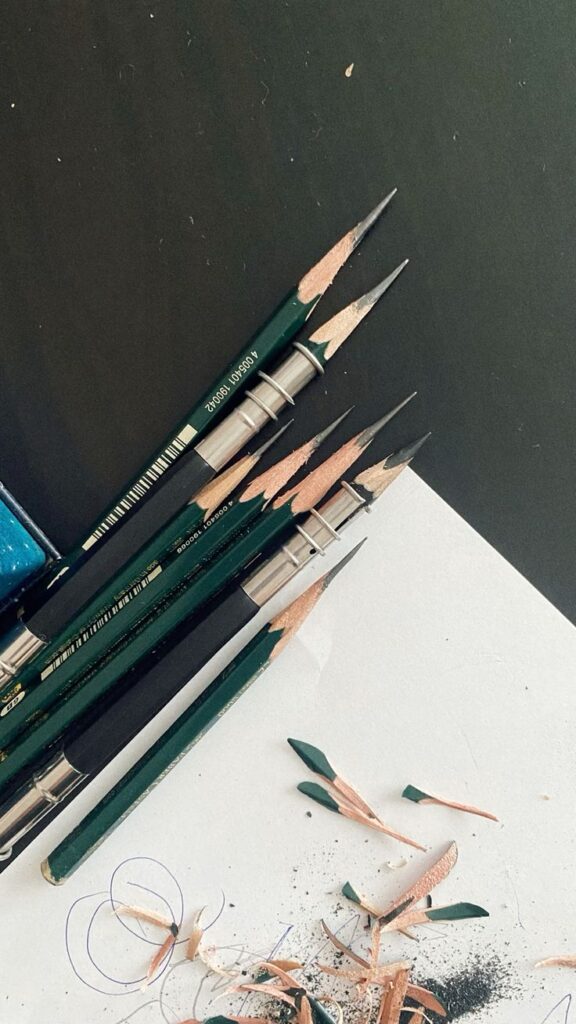
To draw digitally, you’ll primarily need two things: a drawing tablet and appropriate software.
Drawing Tablets
This is your digital canvas. There are several types, ranging in price and functionality:
- Pen Tablets (e.g., Wacom Intuos, Huion H610Pro): These are screen-less tablets that you connect to your computer. You draw on the tablet surface while looking at your computer monitor. They are generally more affordable and excellent for beginners. The learning curve is mostly about hand-eye coordination.
- Pen Displays (e.g., Wacom Cintiq, Huion Kamvas, XP-Pen Artist): These tablets have a screen built-in, so you draw directly on the display. This offers a more intuitive, “paper-like” experience. They are more expensive but provide a seamless drawing flow.
- Standalone Tablets (e.g., iPad Pro with Apple Pencil, Samsung Galaxy Tab with S Pen): These are portable devices that function as both computer and drawing surface. They’re incredibly convenient for drawing anywhere and are popular among webtoon artists for their ease of use and powerful apps.
Recommendation for Beginners: Start with an affordable pen tablet. They offer fantastic value and will help you develop your digital drawing skills without breaking the bank. If you’re serious and have the budget, a pen display or an iPad Pro is a fantastic investment.
Software
This is where your artistic magic happens. You’ll need a program capable of handling layers, various brushes, and color management.
- Clip Studio Paint (CSP): Widely considered the industry standard for comic and manga creation, CSP is a favorite among webtoon artists. It has robust tools for line art, coloring, panel creation, perspective rulers, and even 3D models for pose references. It’s a powerful one-time purchase (or subscription for EX version).
- Procreate (iPad only): If you go the iPad route, Procreate is a must-have. It’s incredibly intuitive, powerful, and has a vast array of brushes and features, making it perfect for on-the-go webtoon creation. It’s a one-time, very affordable purchase.
- Krita: A fantastic FREE and open-source option for desktop. Krita offers a comprehensive suite of tools for digital painting and illustration, including good brush engines and layer management. It’s an excellent choice if you’re on a tight budget.
- Adobe Photoshop: While not specifically designed for comics, Photoshop is a powerful general-purpose image editor used by many professionals. It has strong coloring capabilities but lacks some of the comic-specific features of CSP. It’s subscription-based.
- Other Options: Affinity Photo, MediBang Paint Pro (free), Autodesk Sketchbook (free).
Recommendation for Beginners: If you’re on a computer, try Krita first as it’s free. If you’re serious, invest in Clip Studio Paint. For iPad users, Procreate is the way to go.
Basic Brushes: Your Artistic Toolkit
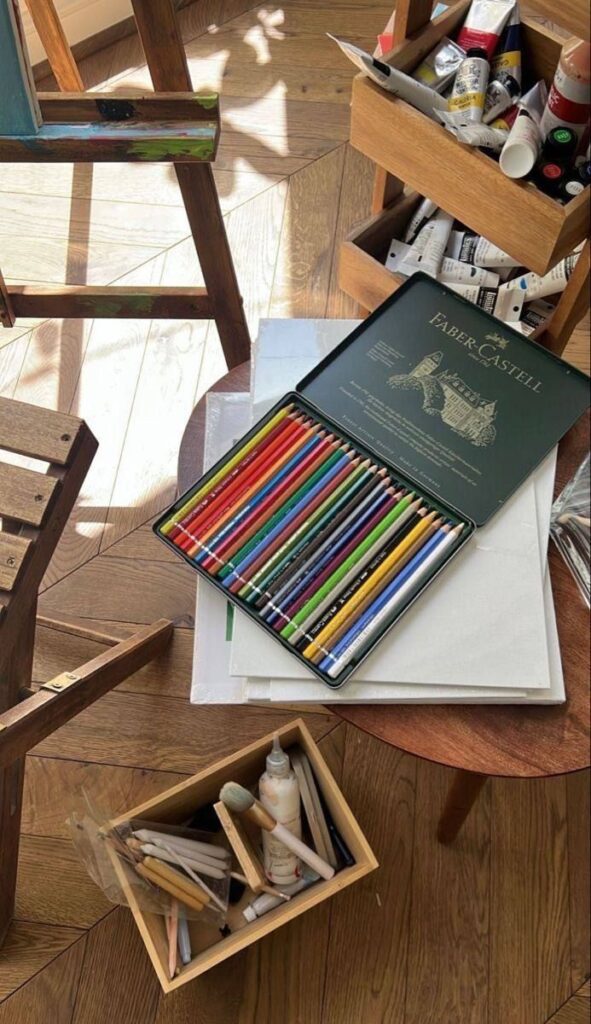
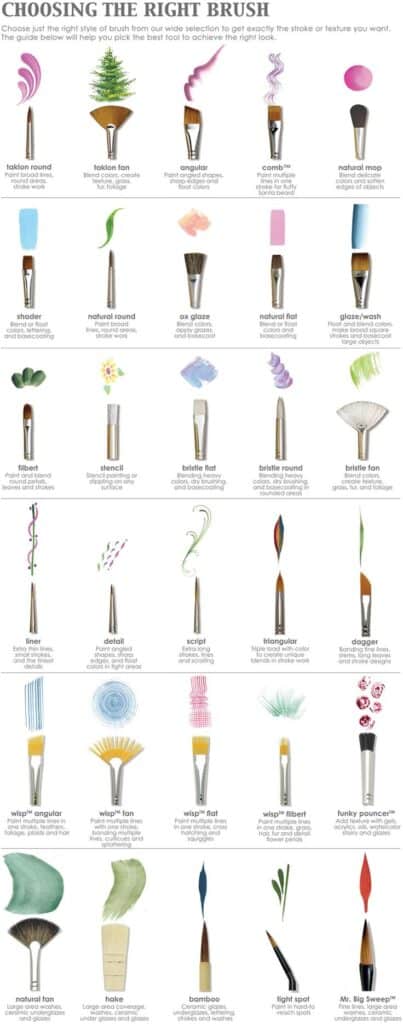
Most digital art software comes with a default set of brushes, and these are often more than enough to get started. For webtoon anime style drawing, focus on:
- Pens/Inking Brushes: Look for brushes with clean, consistent lines. Some artists prefer brushes that have pressure sensitivity for varying line weight (thicker lines when you press harder, thinner when light). A good G-pen or technical pen brush is usually a solid starting point.
- Fill Brushes: Flat, opaque brushes for quickly blocking in colors.
- Airbrushes/Soft Brushes: For subtle gradients, blush, or soft lighting effects.
- Pencil/Sketching Brushes: For your initial rough drafts.
Don’t get lost in custom brush packs initially. Master the basics with the standard tools, and you’ll be well on your way.
Mastering the Fundamentals: Building Your Webtoon Foundation

Now that you have your tools, it’s time for the real work: practicing the fundamentals. Webtoon anime style drawing, like any art form, relies on a strong understanding of core artistic principles. Don’t skip these steps! They’re the building blocks for creating compelling characters and scenes.
Anatomy & Proportions
Even in a stylized art form, a basic understanding of human anatomy is crucial. You don’t need to be a medical expert, but knowing where bones and muscles generally are will help your characters look believable and dynamic.
- Stylized vs. Realistic: Webtoon characters often have longer limbs, smaller waists, and larger heads relative to realistic proportions. However, the relationships between body parts remain consistent. For instance, the arms will still reach roughly mid-thigh, and the eyes will be around the middle of the head.
- Basic Forms: Start by drawing figures using simple shapes: circles for joints and heads, cylinders for limbs, and boxes for torsos and hips. This “mannequin” approach helps establish proportions and poses before adding details.
- Reference, Reference, Reference: Don’t draw from memory alone, especially when starting out. Use photos, 3D models, or even pose yourself in a mirror. Websites and apps dedicated to pose references are invaluable. Mastering various character poses is a continuous journey that will significantly enhance your webtoon art.
Facial Expressions


Webtoons are incredibly character-driven, and emotions are often conveyed through exaggerated facial expressions. This is where your characters truly come alive.
- Exaggeration is Key: Don’t be afraid to push expressions beyond realism. Wide eyes, furrowed brows, dramatic mouth shapes – these all contribute to clear emotional communication.
- The Eyes Have It: As mentioned, eyes are paramount. Learn how different eye shapes, pupil sizes, and eyebrow positions convey a range of emotions:
- Happy: Wide eyes, arched brows, small pupils, often with “sparkles.”
- Sad: Downcast eyes, heavy eyelids, downturned brows.
- Angry: Narrowed eyes, furrowed brows, sometimes sharper pupil shapes.
- Surprised: Wide-open eyes, raised brows.
- Mouth Shapes: Pay attention to how the mouth completes the expression. A small smile, a wide grin, a pout, or an open scream all add to the emotional depth.
Hair & Clothing
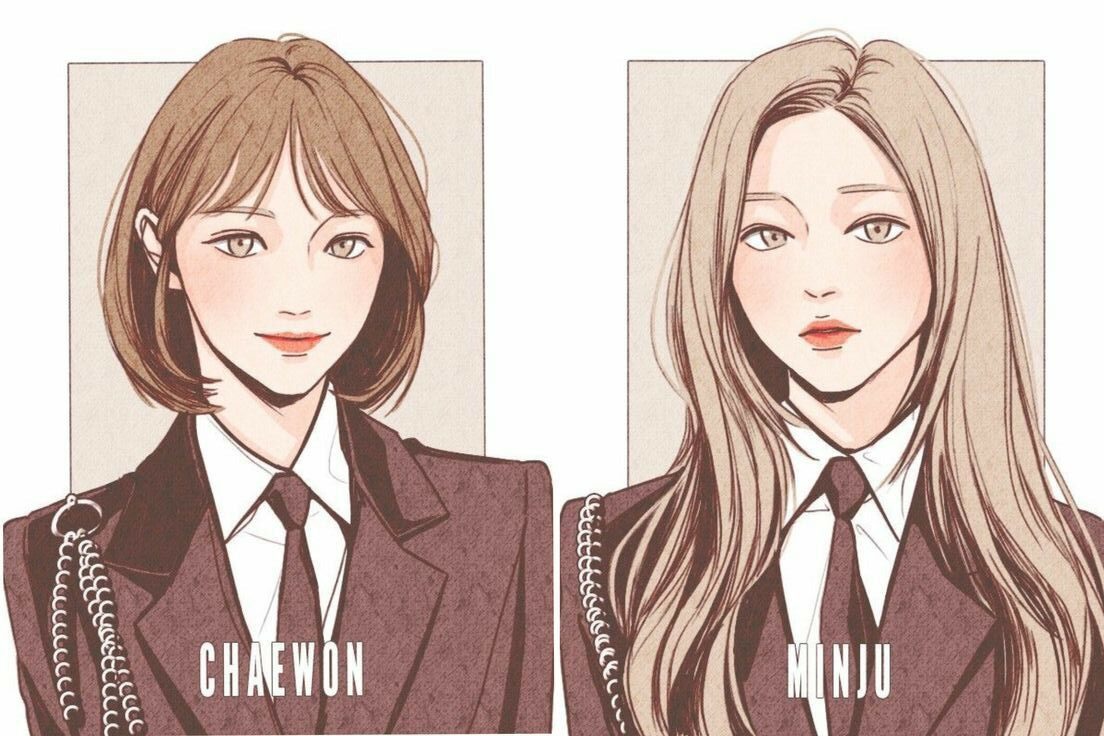
These elements define your character’s look and can add a lot of personality.
- Hair as a Design Element: Webtoon hair isn’t about drawing individual strands. It’s about drawing large, flowing shapes and distinct sections. Focus on volume, movement, and how light reflects off it. While a deep understanding of how to draw realistic hair can inform your approach, the webtoon style simplifies and stylizes. Think of it in terms of clumps and curves.
- Clothing that Moves: Clothes shouldn’t look painted on. Understand how fabric drapes, folds, and wrinkles based on body movement and gravity. Keep designs relatively simple for clarity, but use folds to indicate form and action. Practicing fashion sketching for beginners can be a great way to improve your understanding of how clothes sit on a figure.
- Accessorize Wisely: Hats, jewelry, bags – these can add character but don’t overload your design.
Posing & Dynamic Action
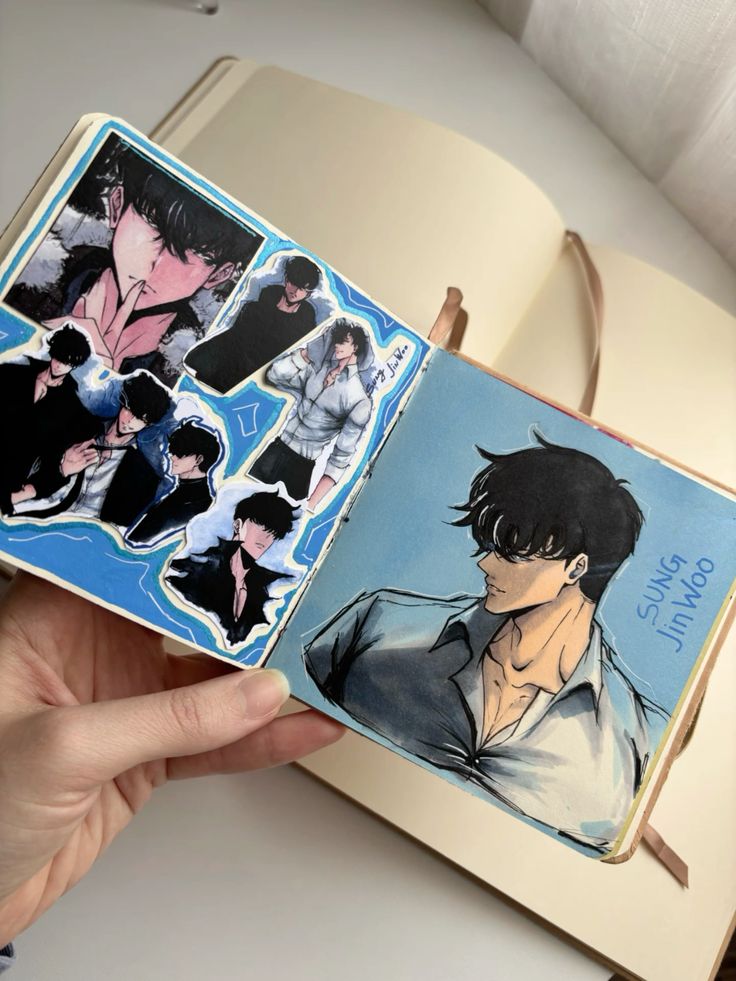
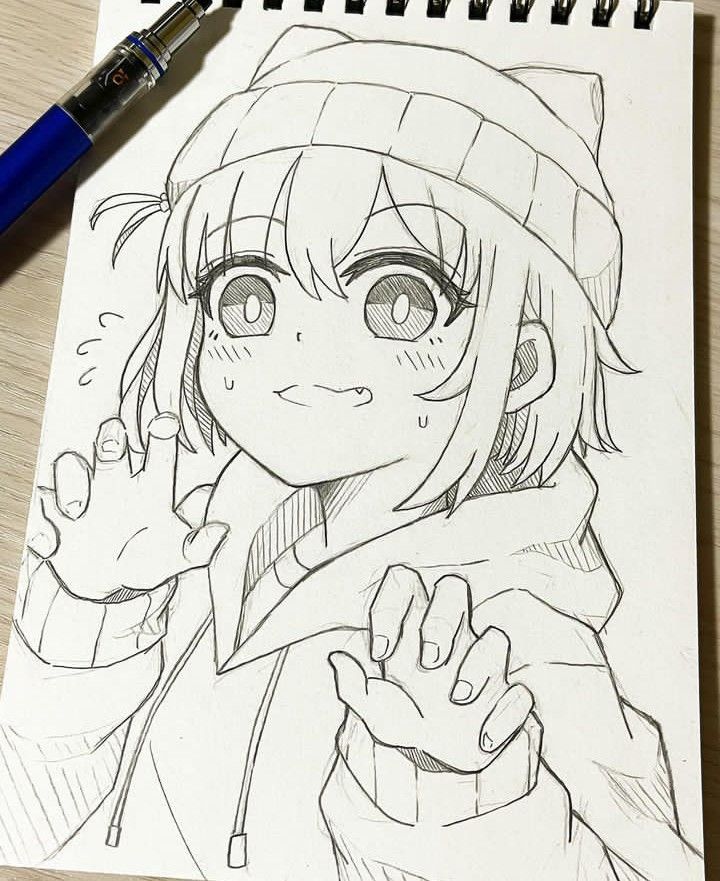
Webtoons thrive on dynamic visuals that keep the reader engaged as they scroll. Static, stiff poses are a no-go.
- Line of Action: Always start with a curved “line of action” that flows through the character’s pose. This gives it energy and dynamism.
- Exaggerate Movement: If a character is running, really push the running pose. If they’re jumping, make it feel like they’re leaping. Use arcs and curves to suggest motion.
- Three-Quarter Views: These often feel more dynamic than straight-on or pure profile shots.
- Foreshortening: Don’t be afraid to experiment with foreshortening, where parts of the body closer to the viewer appear larger. This adds depth and drama.
Perspective & Backgrounds
Backgrounds in webtoons serve to set the scene and enhance the mood, but they often aren’t as detailed as the characters.
- Simple is Often Best: While you should understand basic one-point and two-point perspective, webtoon backgrounds often use simplified forms or even blurred effects to keep the focus on the characters.
- Mood and Atmosphere: Use colors and simple shapes in backgrounds to convey time of day, weather, or emotional tone. For instance, a sunset palette can instantly create a romantic mood.
- Consistency: If a background is reused, ensure it remains consistent. Digital tools make this easy by allowing you to save and re-import elements.
The Art of Webtoon Aesthetics: Bringing Your Characters to Life

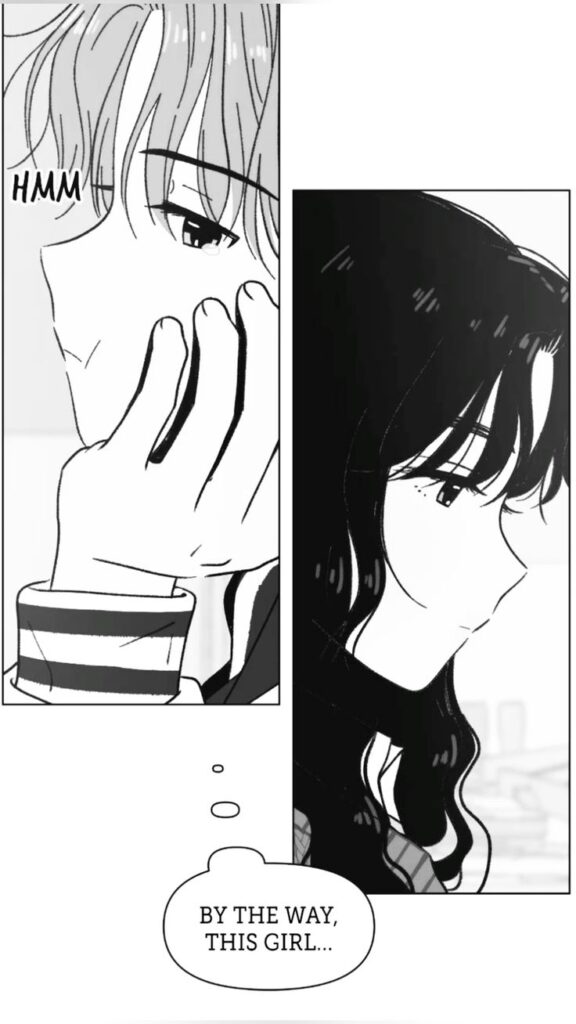
Once you have the fundamentals down, it’s time to refine your art and infuse it with that distinctive webtoon anime style. This is where you focus on the visual polish that makes your work pop.
Line Art
Clean, confident lines are a hallmark of this style. Your line art is the skeleton of your drawing.
- Smooth & Consistent: Aim for smooth, unbroken lines. Practice drawing long, flowing strokes rather than short, scratchy ones.
- Varying Line Weight: This is a crucial technique. Thicker lines can indicate shadows, areas of overlap, or add emphasis to important features (like the outline of a character). Thinner lines can be used for internal details or distant elements. This variation adds depth and makes your art more visually interesting.
- Inking Tools: Experiment with digital pen brushes in your software. Many artists prefer a “G-pen” or “real pen” style brush for its natural feel and pressure sensitivity.
Color Theory & Palettes
Color is incredibly important for setting the mood, defining characters, and making your webtoon visually appealing.
- Vibrant and Appealing: Webtoons often lean into bright, saturated colors. This makes them pop on small screens and keeps readers engaged.
- Consistent Palettes: Choose a color palette for your characters and stick to it. This helps with recognition and overall visual harmony. Use complementary and analogous colors to create pleasing combinations.
- Flat Colors with Cel Shading: Many webtoons use a “flat” coloring style, where base colors are applied without gradients. Shading is then added as distinct blocks of darker color (cel shading), creating a crisp, animated look. This method is efficient and creates a clean aesthetic.
- Atmospheric Colors: Use color to convey the time of day or mood. Warm yellows and oranges for sunset, cool blues and purples for night.
Lighting & Shading
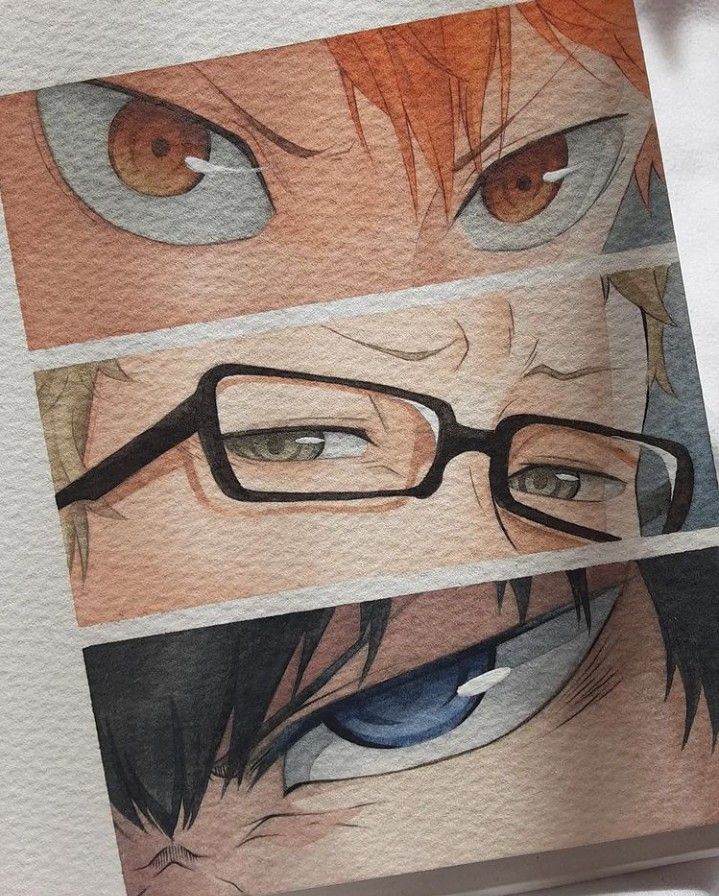
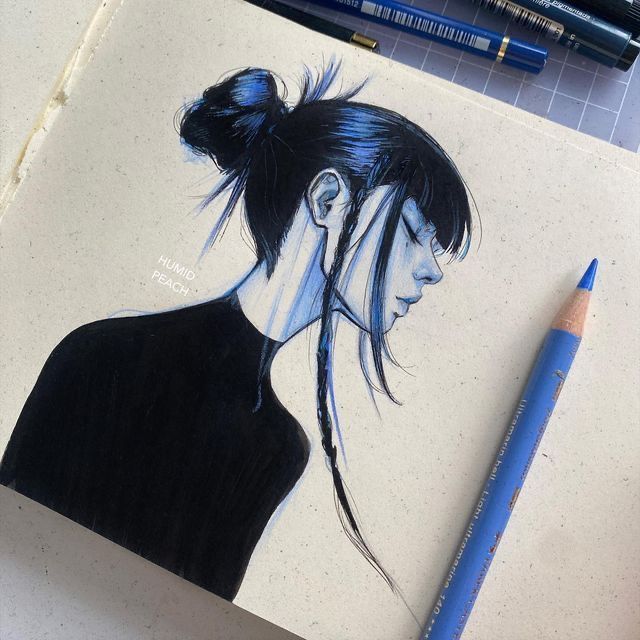
Even with simplified cel shading, strategic lighting can add a huge amount of depth and drama to your artwork.
- Single Light Source: For simplicity, imagine your scene has one primary light source. This makes shadows easier to place consistently.
- Cast Shadows: Understand how objects cast shadows onto other surfaces and themselves. These help define form and ground your characters in the scene.
- Rim Lighting: A thin highlight on the edge of a character, opposite the main light source, can create a dramatic separation from the background and add a professional touch.
- Color of Shadows: Shadows aren’t just darker versions of the base color. They often incorporate cooler tones (blues, purples) or reflect ambient light, adding richness.
Special Effects
Webtoons frequently use visual effects to enhance emotions, actions, and supernatural elements.
- Speed Lines: Crucial for indicating fast movement or impact. Simple lines radiating from a moving object.
- Sparkles & Glows: Used for magical effects, emphasizing beauty, or creating a dreamy atmosphere.
- Thought/Speech Bubbles: Integrate these seamlessly. The shape, tail, and font all contribute to the character’s voice and emotion. Ensure text is readable!
- Motion Blurs: A subtle blur on moving parts can enhance the sense of speed.
- Impact Lines/Explosion Effects: Dynamic lines or shapes that signify a strong hit, a sudden burst, or an emotional shock.
Character Design
Creating memorable characters is paramount. Readers fall in love with your story through your characters.
- Distinct Silhouettes: Can you recognize your character from their outline alone? Unique hair, clothing, and body shapes help.
- Personality in Design: Does their appearance reflect their personality? A timid character might have softer features and muted colors, while a fiery one might have sharp angles and vibrant hues.
- Consistency is Key: Once you’ve settled on a design, ensure it remains consistent across all panels. This is where digital tools shine, allowing you to reuse character models or color palettes.
- Practice with references: Try practicing with different ideas, such as these top 6 drawing ideas for anime fans, to broaden your design scope.
The Webtoon Workflow: From Idea to Upload
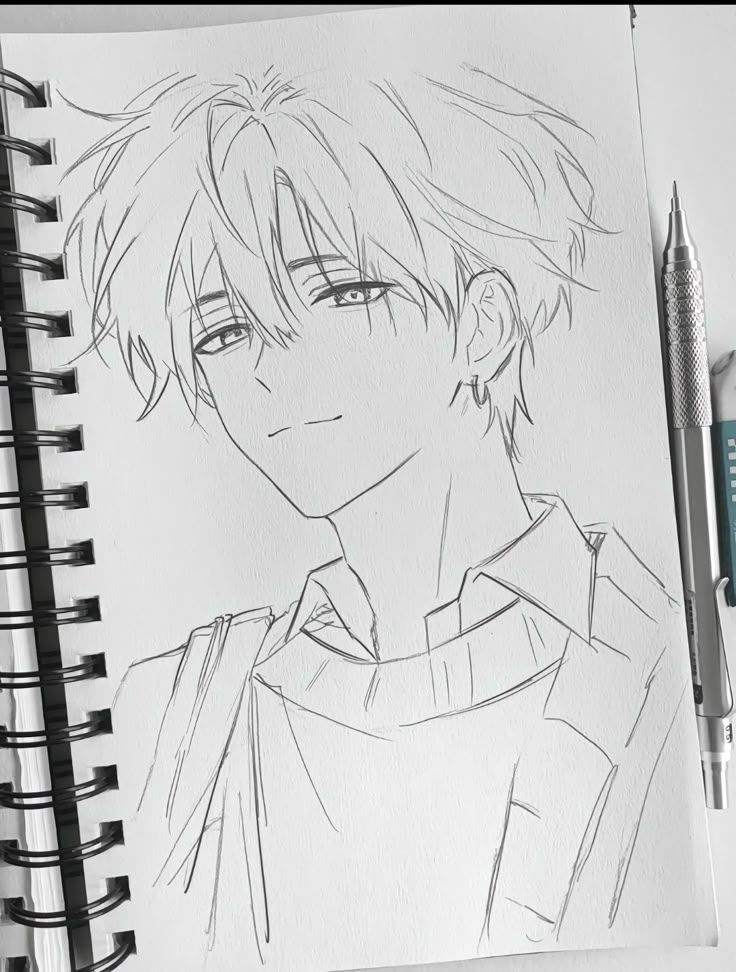
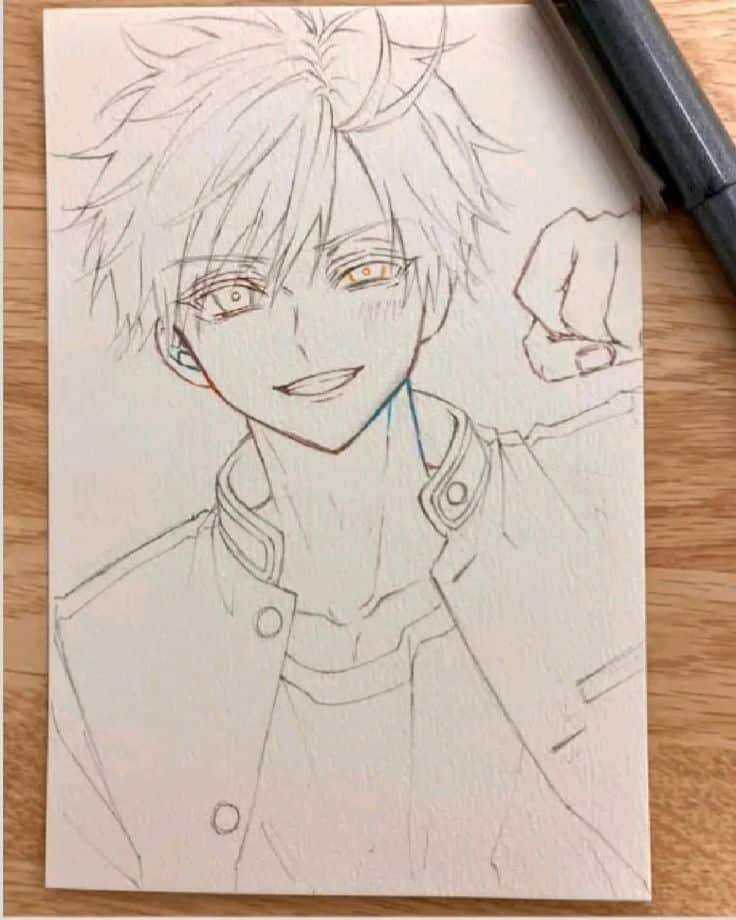
You’ve got the tools and the skills, but how do you piece it all together into a publishable webtoon episode? The workflow for webtoon anime style drawing has some unique considerations due to its vertical format and digital nature.
Storyboarding & Thumbnails
This is where your story takes shape visually. Don’t jump straight into polished art!
- Verticality First: Think about how your story will unfold as a reader scrolls down. What kind of impact do you want each “scroll” to have?
- Thumbnail Sketches: Create very rough, small sketches (thumbnails) of each panel or sequence. Focus on composition, character placement, and the flow of action. This is the fastest way to experiment with pacing and visual storytelling.
- Spacing: Webtoons often have significant white space between “panels” to create a sense of time passing or to build tension. Plan for this negative space.
- Rough Layouts: Once you’re happy with your thumbnails, create slightly larger, more detailed rough layouts. This is where you might establish basic perspective and character poses more clearly.
Sketching & Line Art Refinement
This is where your rough ideas become concrete drawings.
- Rough Sketch Layer: Start with a light sketch on a separate layer in your software. Focus on getting the anatomy and pose right. Don’t worry about perfection.
- Clean Sketch Layer: On a new layer, refine your rough sketch, making your lines clearer and more precise. This is your “pencil sketch” equivalent.
- Line Art (Inking) Layer: Create a new layer for your final line art. Using a confident pen brush, trace over your clean sketch. Pay attention to line weight variations. Hide your sketch layers once your line art is done. This process of drawing on top of previous layers makes digital art incredibly forgiving and efficient.
Coloring & Shading
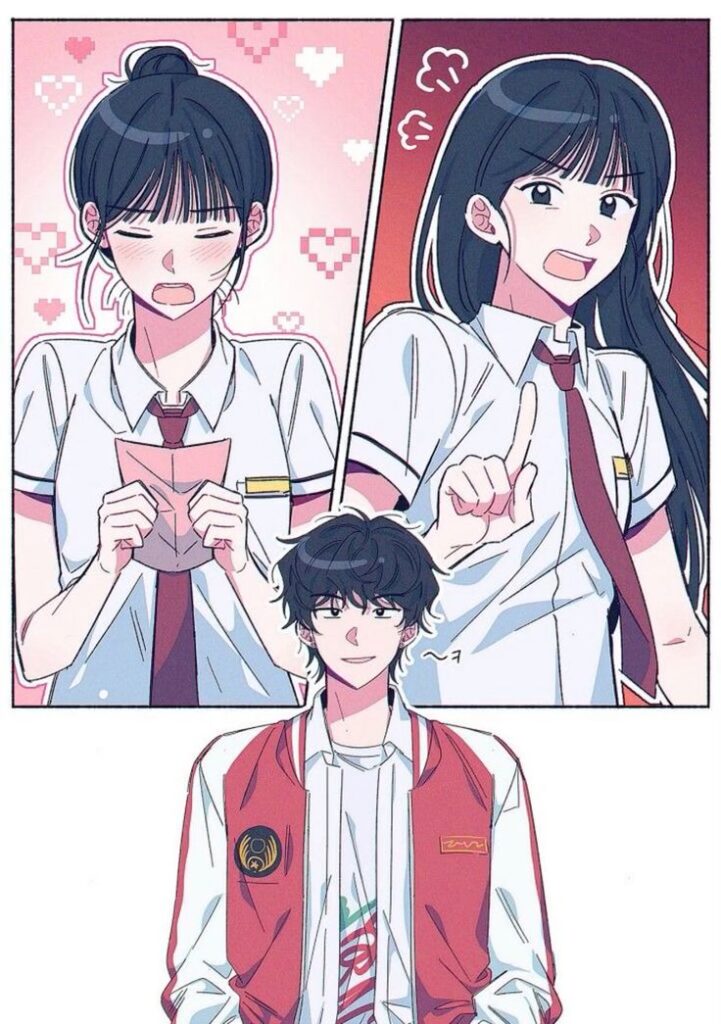
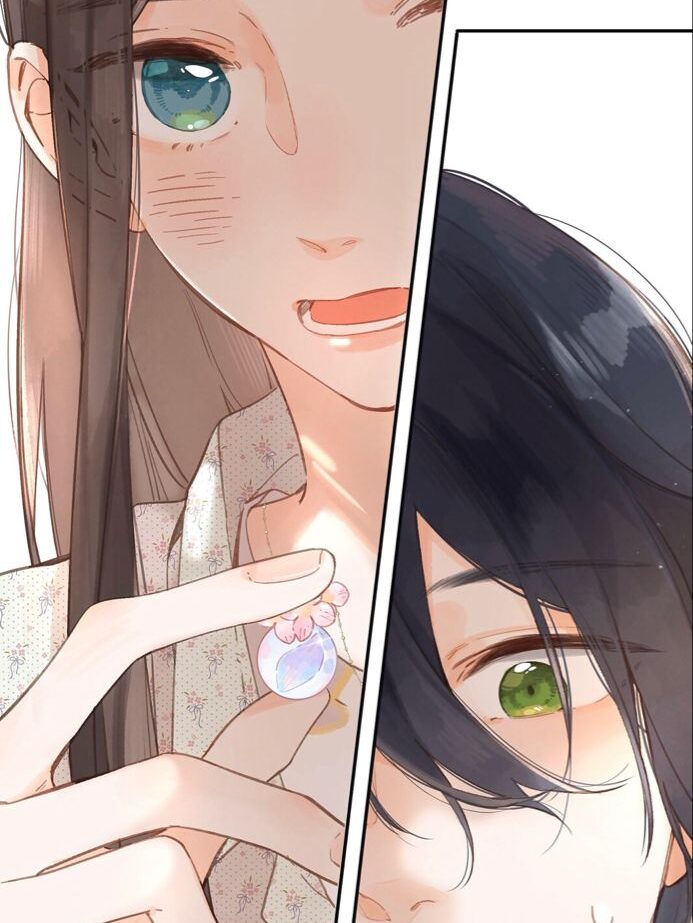
Bringing your line art to life with color!
- Base Colors (Flatting): Create separate layers for different elements (skin, hair, clothes, background). Use opaque brushes to fill in the flat base colors. Tools like the magic wand or bucket fill can speed this up, but always check for gaps.
- Shading: On new layers, above your base colors (and often set to “multiply” blending mode), add your cel shading. Remember your light source and the shape of the objects. Use hard-edged brushes for distinct shadow shapes.
- Highlights: On yet another layer (often set to “add” or “screen” blending mode), add small, sharp highlights to indicate reflections or intense light. This adds sparkle and polish.
- Atmospheric Colors/Tones: Consider adding an overall color tint to your shadows or highlights for mood, e.g., slightly blue shadows for a cool atmosphere.
Beyond the Basics: Tips for Elevating Your Webtoon Art

Learning the techniques is one thing, but truly mastering webtoon anime style drawing means constantly refining your approach and pushing your creative boundaries. Here are some tips to help you move from good to great.
Find Your Unique Style
While learning, it’s natural to mimic artists you admire. However, the goal isn’t to be a clone. As you practice, experiment with different line weights, coloring methods, facial structures, and character proportions. Over time, elements that resonate with you will merge to form your unique artistic voice. Your personal touch is what will make your webtoon stand out in a crowded market. Don’t be afraid to mix and match influences, perhaps drawing inspiration from different art forms, including simple home designs to fashion trends.
Practice Consistently


This is the golden rule for any artist. There’s no shortcut to improvement other than consistent practice. Set aside dedicated time each day, even if it’s just 30 minutes, to sketch, draw anatomy, or color. The more you draw, the stronger your muscle memory becomes, and the more intuitive the process feels. Remember, every master was once a beginner.
Study & Analyze
Be an active observer of art, especially popular webtoons. Don’s just read them for the story; analyze their art:
- How do they convey emotion through expressions and poses?
- What are their coloring techniques?
- How do they use line weight to add depth?
- How do they compose panels for vertical scrolling?
- What kind of visual storytelling techniques are they employing?
Deconstruct what works well and try to understand why. Then, try to apply those principles in your own way.
Seek Feedback
It can be daunting to show your work, but constructive criticism is invaluable. Join online art communities, share your sketches with trusted friends, or find a mentor. An outside perspective can point out areas for improvement you might have missed. Be open to feedback, but also learn to discern what advice resonates with your artistic vision. Remember, it’s your art, but others can help you see it more clearly.
Storytelling Through Art
Ultimately, a webtoon is about telling a story. Your art should serve that narrative. Every panel, every expression, every color choice should advance the plot, convey emotion, or deepen character development.
- Clarity: Is the action clear? Is the emotion understandable?
- Pacing: Does the art help control the rhythm of the story? Are there moments of intense action followed by moments of calm?
- Mood: Does the art effectively set the tone for the scene?
A beautiful drawing without clear storytelling can fall flat. Focus on how your visuals enhance the written narrative.
Stay Updated
The digital art world is constantly evolving. New software features, brush sets, and techniques emerge regularly. Keep an eye on artist communities, tutorials, and art news. Experiment with new tools or methods when you feel comfortable with the basics. This will keep your skills sharp and your art fresh.
Ready, Set, Draw!

Embarking on the journey of webtoon anime style drawing is an exciting adventure filled with creative potential. We’ve walked through the unique characteristics of this vibrant art form, armed you with the essential digital tools, broken down the fundamental skills from anatomy to expressions, and explored the aesthetic techniques that make webtoons truly pop. We’ve even touched on the workflow that takes your ideas from a spark to a scroll-worthy episode.
Remember, every artist starts somewhere. Your first drawings won’t be perfect, and that’s perfectly okay! The most important thing is to start, to be consistent, and to enjoy the process. This casual guide is meant to demystify webtoon art and show you that it’s an accessible and incredibly rewarding style to learn. The digital canvas is waiting for your unique stories and characters to come to life.
So, what are you waiting for? Pick up that stylus, open your favorite art software, and begin your webtoon journey today. The world is ready to scroll through your imagination. Don’t just dream about creating your own captivating stories – draw them! Share your progress, learn from others, and most importantly, have fun bringing your unique vision to the digital page.
- 19shares
- Facebook0
- Pinterest19
- Twitter0
